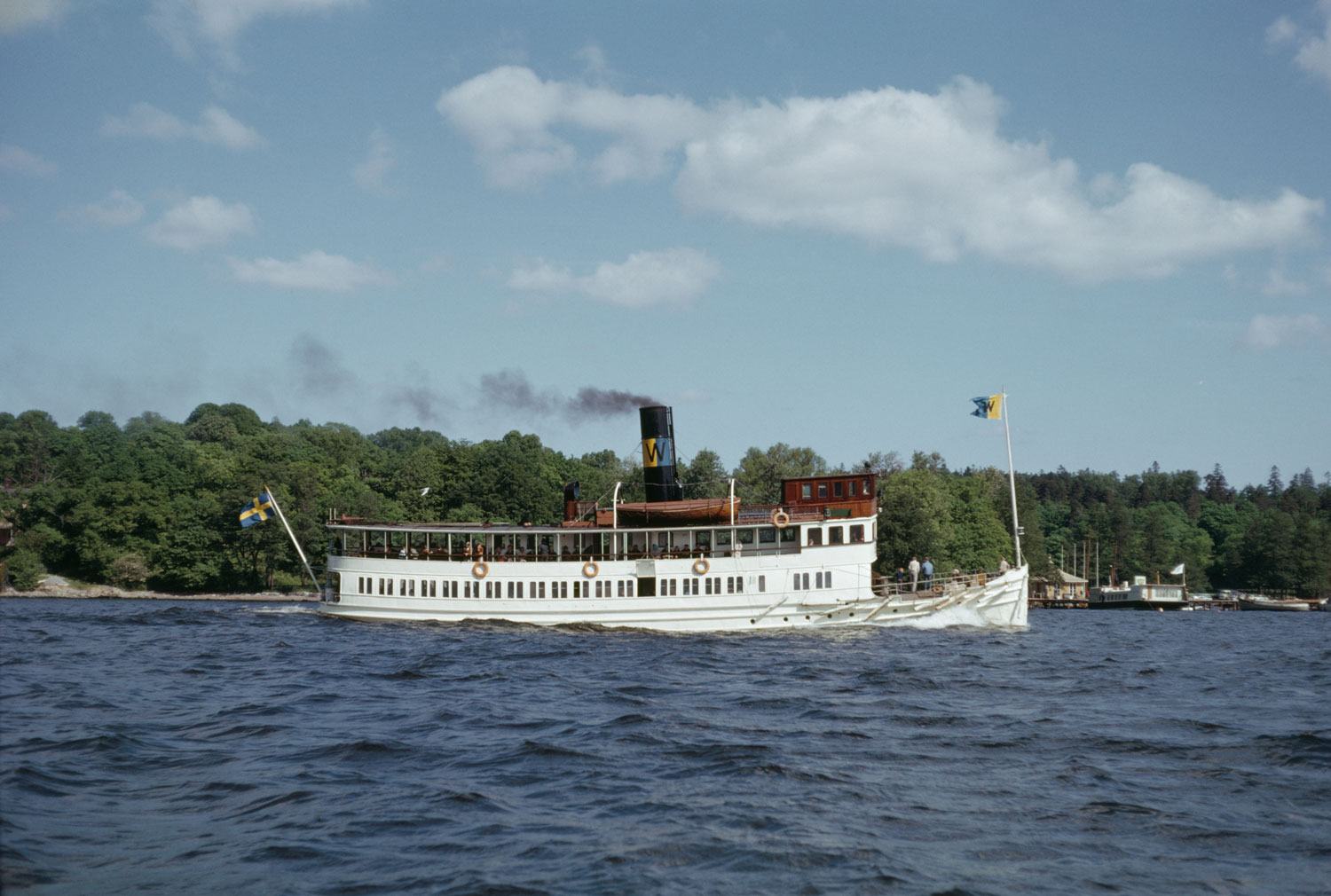- Startpage
- In English
- The Inventory
- Steamship traffic
Steamship traffic
In Sweden there is a living knowledge of how to drive steamships. Thanks to the great interest and voluntary involvement, there are about twenty-five steamships in operation in Sweden. Most are run by non-profit associations, through the involvement of a number of enthusiasts.
Location: Nation wide
The skill of operating steamships is based on a combination of professional experience and training. Training is given at three different schools in the country (Kalmar Maritime Academy, Chalmers University of Technology in Gothenburg and Sjöskolan Beckholmen in Stockholm). Usually knowledge is transferred to interested and able people in the younger generation. This is the case for all aspects of operations from the stoker, chief engineer, captain, ship boys, and others. Today there is an awareness that knowledge must be handed down so that in the future the same activity can be pursued. What is also necessary for the survival of steamship traffic is of course that there are preserved steamers. The knowledge of how to operate such a vessel is also an important skill in maintaining the ships.
There are economic barriers to maintaining expertise in the field of steamships, due to the fact that ships are expensive to operate among other things. In short it can be said that the number of people who can make a living solely running steamships is very small. Another obstacle is also that the chief engineers and captains now often belong to the older generation.
Steamship's glory days was primarily the late 1800s and early 1900s. Ship traffic in the Stockholm archipelago, around Gothenburg, in larger and smaller lakes, along coasts and in rivers and in canals was a part of the communications system in the country for a long time. Although the development of the steam engine and steam boilers continued during the 1900s, steam powered ships become obsolete in the 1950s and 60s. The steam engines and boilers were torn out of many old ships and replaced with modern engines.

